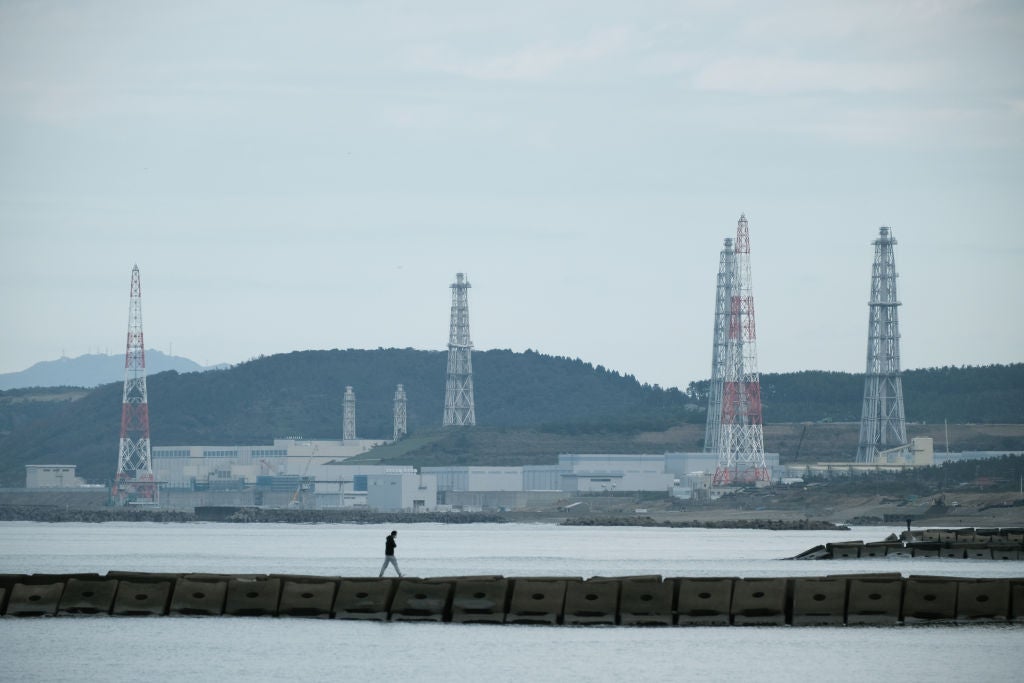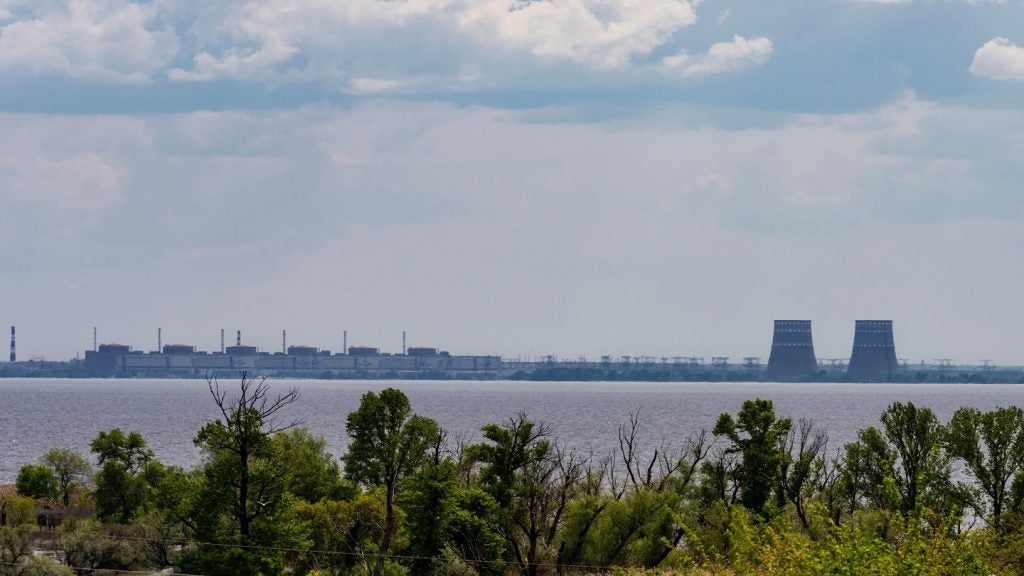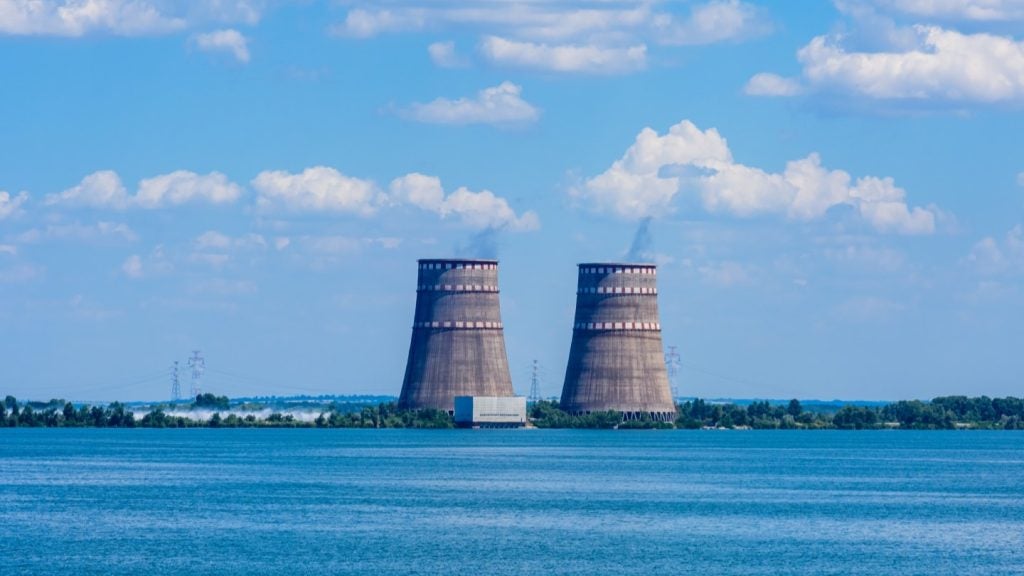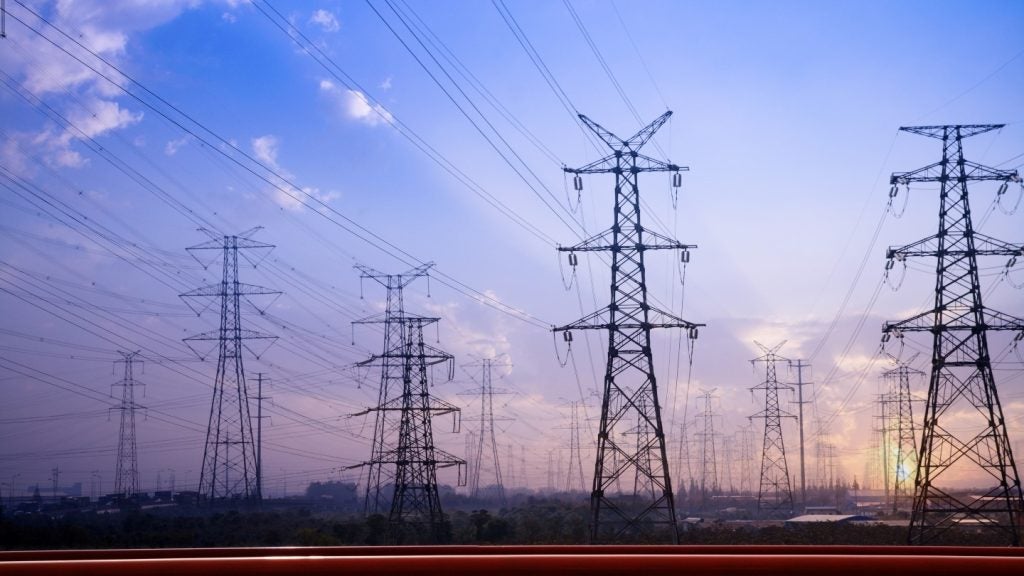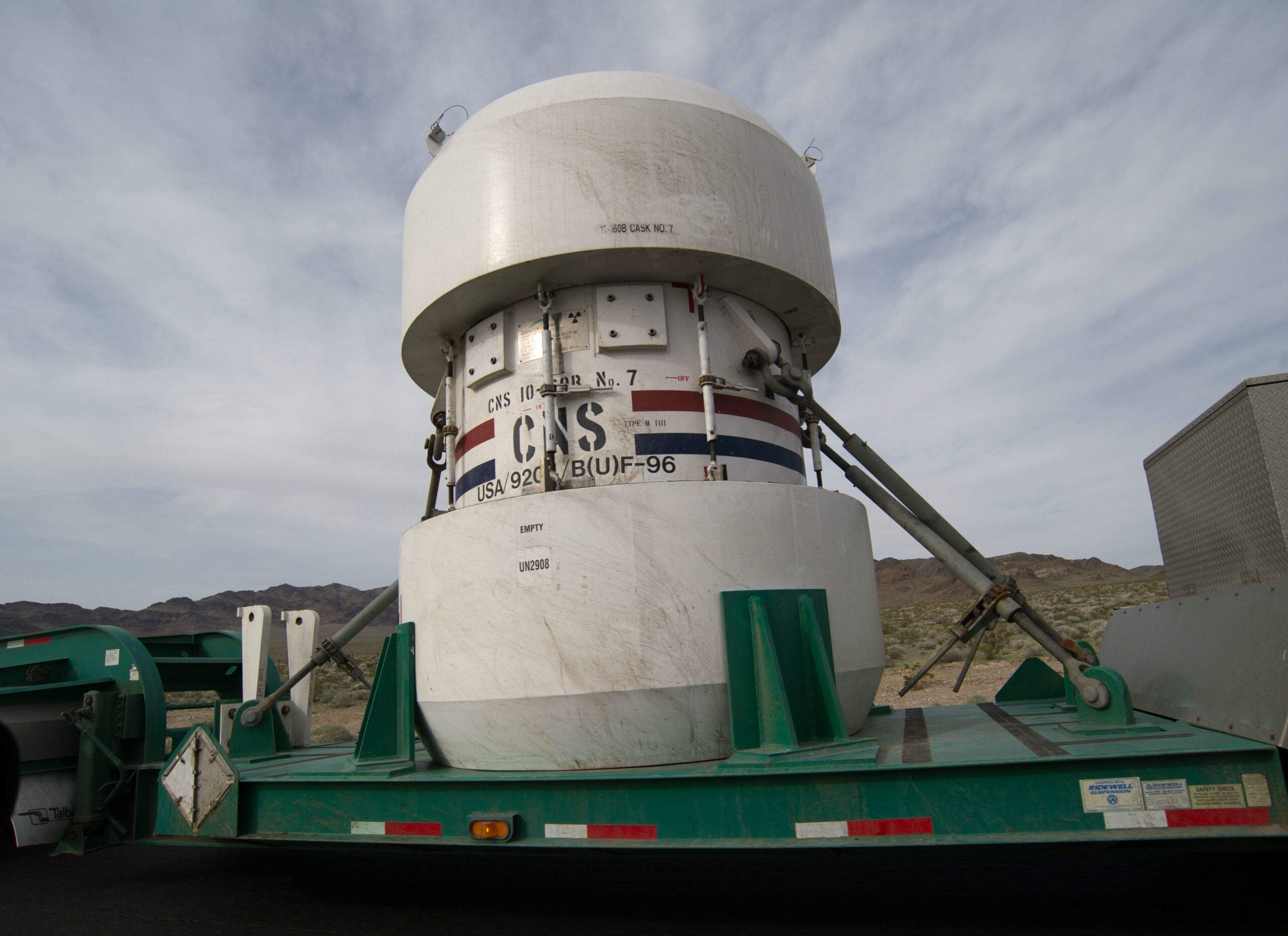

Despite the setbacks it has faced in recent years, with countries such as Germany, Italy and Spain embarking on phase-outs, nuclear power continues to vie for a place in the greener energy mix of the future.
The International Atomic Energy Agency (IAEA) has predicted that total nuclear power capacity will increase by as little as 17% or as much as 94% up to 2030 (the agency calculates a low and a high projection), as its reliability and low-carbon credentials continue to attract backers.
In the US, environmental groups such as The Sierra Club, the country's oldest, have even gone from being vocally anti-nuclear to campaigning against the early closure of reactors, arguing that they act as an important bridge between the closure of coal and gas-fired plants and the eventual full adoption of renewables.
Despite this continued enthusiasm for nuclear, the biggest single question around its viability remains – what do you do with the waste? While underground storage of nuclear waste has existed since the late 1960s, high-level spent fuel requires extremely deep repositories able to safely contain the waste for possibly more than 100,000 years.
Unsurprisingly, most people don't want one of these facilities on their doorstep. The site selection process for a deep underground repository on the island of Olkiluoto, which received approval from the Finnish Government in November 2015, took 30 years to carry out.
How well do you really know your competitors?
Access the most comprehensive Company Profiles on the market, powered by GlobalData. Save hours of research. Gain competitive edge.

Thank you!
Your download email will arrive shortly
Not ready to buy yet? Download a free sample
We are confident about the unique quality of our Company Profiles. However, we want you to make the most beneficial decision for your business, so we offer a free sample that you can download by submitting the below form
By GlobalDataSouth Australia: a solution to the nuclear storage problem?
The Government of South Australia, a state that covers some of the most inhospitable parts of an inhospitable continent, sees this location challenge as a window of opportunity. Last year the state government asked a royal commission to examine the viability of establishing storage facilities for nuclear waste in the state.
See Also:
Although Australia does not make use of nuclear power, deeming it too dangerous, the country's political and seismic stability mean that it could, theoretically, provide a suitable home for the waste of others.
The commission released its preliminary conclusions in February and initial signs bode well for the government. The report concluded that nuclear waste storage and disposal is technically workable and potentially very profitable.
One waste disposal facility, it predicts, could raise $51bn in profit over the course of the 120-year life of the project. This is taking into account costs and the creation of a $32bn reserve fund to help with facility closure and ongoing monitoring.
Storage would also lead to the creation of 1,500 full-time jobs during the 25-year construction period and 600 positions to man the facility once operations begin.
"The commission's key findings are that the disposal of used fuel and intermediate level waste could be undertaken safely in a permanent geological disposal facility in South Australia," writes the report's author Rear Admiral the Honourable Kevin Scarce (Retired). "This would have the potential to deliver significant inter-generational economic benefits to the community."
Scandinavian solutions pave the way
The major safety concern around nuclear storage cited in the report is the emission of radiation into the natural environment. The radiation level of used nuclear fuel diminishes very quickly, with a great majority of radioactive elements decaying within 500 years. However, some of the less radioactive but more persistent elements can take more than 100,000 years to decay.
Scarce believes that waste disposal programmes developed in Finland and Sweden should give Southern Australia the confidence it needs to move forward.
At Olkiluoto in Finland, the used fuel is kept in solid ceramic form inside cast iron canisters which, in turn, are placed inside copper containers. The containers are embedded into the surrounding rock which features compacted bentonite clay, restricting the entry of moisture into the repository and making it less conducive to corrosion.
The surrounding geological mass is known as the Baltic Shield, which contains some of the oldest rock in Europe. Copper deposits within the shield have maintained their shape after 170 billion years, boding well for the durability of those copper containers.
Although very different, the commission believes that the geological and atmospheric environment in South Australia is well-suited to storing spent fuel in a similar fashion. Hard crystalline rock and a similar type of bentonite clay is found in abundance, providing a similar level of protection for the cast iron and copper containers.
The area is also not prone to earthquakes, a vital box to tick. The commission expressed confidence that deep knowledge of the environment and the materials being stored are sufficient to predict success well into the future.
"The safety of deep geological disposal is assured through the combined operation of geology and engineered barriers, and a detailed understanding of the radiological risks associated with used nuclear fuel," Scarce writes in the final report's summary.
"The evolution of geological conditions during the past hundreds of millions of years is well understood, and therefore future behaviour over hundreds of thousands of years can be predicted with confidence following detailed study. Engineered barriers are designed and constructed to complement the surrounding geology, and thereby provide a passively safe system of isolation and containment."
Official assurance is not always enough to convince residents
While some local people are excited about the economic potential of a storage facility, others believe that the commission was biased towards the government from the outset and that storing waste in a remote part of the country will mean the poor, often indigenous, local residents will take all the risk while the rich reap the rewards.
As a pre-meditated strike, the commission has called for the creation of a State Wealth Fund that will accumulate all profits from the storage facility while annually reinvesting half the interest generated.
This could result in the creation of a $445bn fund over the course of 70 years, the commission predicts. Scarce also emphasises the need for thorough community consultation, which was vital in bringing around the residents of Olkiluoto.
"Some South Australians will already have strong opposing or supportive views, which need to be respected," he says. "However, many others would require more information before they were able to form a view. This would involve a balanced discussion and debate, based on the understood facts with respect to risks and opportunities."



